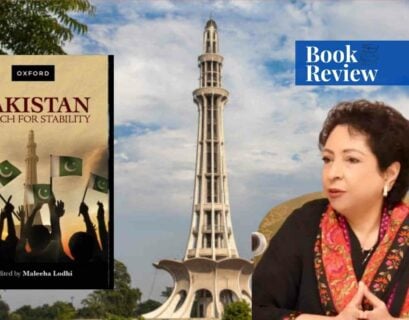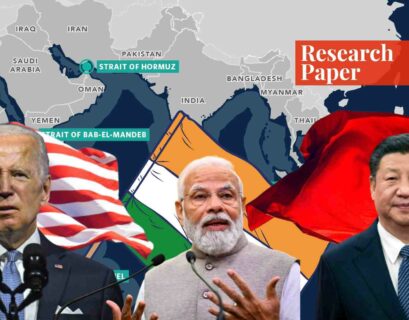Mr Haris Khan is currently pursuing his M.Phil. in Finance.
Introduction
An economic system dictates the allocation of resources including labor, capital, and other resources, the production and distribution of goods, and how individuals and entities interact within the marketplace. The 20th century saw the widespread adoption of two major contrasting economic systems: command economy and market economy.
Command Economy
Command economies were promoted by the rise of Marxists which emphasized the collective ownership of property and the elimination of economic inequality. A command economy is an economic system in which the government plans and controls the economy, allocating resources and regulating the production and distribution of goods and services.
A command economy can ensure a high degree of social and economic stability, as the government has the power to direct resources toward the areas it deems most important. This can be particularly beneficial in times of crisis, as the government can take swift and decisive action to address economic problems. However, despite its potential benefits, the command economy has its drawbacks including a lack of competition and stifled innovation.
Market Economy
Conversely, market economies also gained popularity, owing to their association with higher standards of living, greater innovation, and economic growth. Moreover, the rise of market economies was facilitated by the decline of traditional economies, which were characterized by subsistence agriculture and barter-based trade.
A market economy is based on the principles of supply and demand, where prices are determined by the free market, and businesses and consumers make decisions based on their self-interest. However, market economies are criticized for exacerbating income inequality, especially during the events like the financial crises of 1997-98 & 2007-08 and Covid-19.
Mixed Economy
Due to the perceived limitation of both the command and market economies, the need for alternative economic systems is raised. A mixed economy fuses elements of a market economy, where market forces dictate prices, and a command economy, in which the government exerts a significant influence on resource allocation and overall economic direction.
In a mixed economy, the government may exercise regulatory oversight over certain industrial sectors to ensure that they operate in the public interest. Additionally, the government may also furnish social safety measures that are not satisfactorily supplied by the market. The mixed economy has the potential to be more effective in the future due to its flexibility to respond to changing economic conditions and societal needs, promotion of innovation, efficient regulatory mechanisms, provision of public goods, and encouragement of corporate social responsibility.
By striking a balance between market forces and government intervention, a mixed economy can foster economic growth, ensure social welfare, and advance environmental sustainability. Overall, the mixed economy is a promising economic system that is well-suited to meet future challenges. At the same time, through the regulation of certain industries, the government can aid in deterring monopolies and market failure that can lead to economic instability and unequal distribution of wealth.
Case Studies
UAE and China are two nations that have been consistently thriving with a mixed economic system. The COVID-19 pandemic may have affected the economies of several nations, but UAE has maintained an impressive line of defense against it. Despite the obstacles caused by COVID-19, the UAE has shown early signs of growth in world trade, setting a positive example for the rest of the world to follow.
The UAE is an energy-producing country, and therefore the country’s economy is heavily dependent on energy revenues. The COVID-19 pandemic caused a significant disruption in global oil demand and led to a drop in oil prices. However, the UAE’s non-oil sectors, such as logistics, technology, and financial services performed well during the pandemic and helped to offset the impact of lower oil prices.
China has been one of the world’s fastest-growing economies for several decades, with average annual GDP growth rates of around 9.5% between 1978 and 2021. Furthermore, China’s transition from a purely free market system to a semi-market system has made it an attractive model for growth & stability for a rising number of countries, particularly in the developing and post-communist world.
Based on the aforementioned arguments, it can be inferred that the mixed economic model offers a viable option for countries seeking to improve their economies and tackle the potential crisis. With no other attractive alternative available, countries may choose to adopt this economic system to achieve better performance and stability.
If you want to submit your articles, research papers, and book reviews, please check the Submissions page.
The views and opinions expressed in this article/paper are the author’s own and do not necessarily reflect the editorial position of Paradigm Shift.



















